Accuracy and Repeatability
Smooth Tracking at High Magnification
The IX3-SVR manual stage features a smooth positioning system that enables cells to be easily tracked, even at high magnifications.
- Observation limit settings immobilize the stage and help maintain its position, including during reagent applications, even if the stage is inadvertently touched.
- Using the stage's fixing plate and positioning screws, you can remove a 35 mm dish from the stage, transfer it to an incubator, and return it to its exact previous position.
Easy Köehler Illumination
The condenser can be moved and easily reset to Köhler illumination using the conveniently located condenser lock and control knobs.
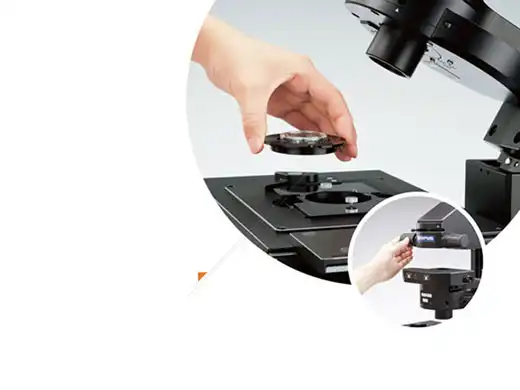
Encoded Units (Optional Peripherals)
A Cost-Effective Way to Upgrade to a Smart Microscope
A wide range of optional units are available for upgrades, including:
- 8-position motorized or encoded fluorescence mirror turrets
- 6-position motorized or encoded nosepiece
- Motorized long working distance universal condenser
- Filter wheels and shutters
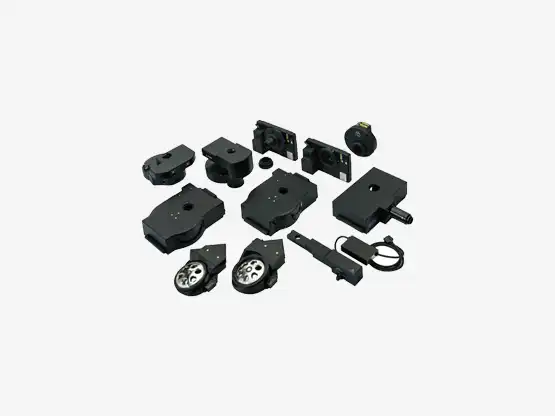
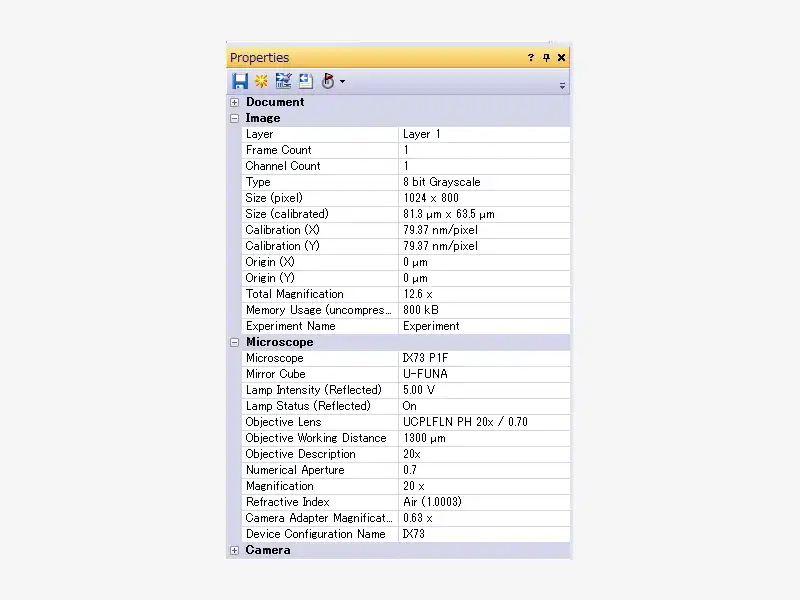
Ease of Use
Focus on Dim Fluorescence Signals with Intelligently Designed Noise Reduction
The multiframe live noise reduction (FNR) feature makes it possible to capture low-noise, high-speed images of live specimens in real time. Olympus’ noise reduction technology enables users to obtain sharp fluorescence images, even in when fluorescence signal is low. The FNR feature takes multiple pictures of an image and then eliminates random background noise. The camera will stop the FNR automatically when the stage is moving, making it easier to scan your specimen and focus during fluorescence imaging.
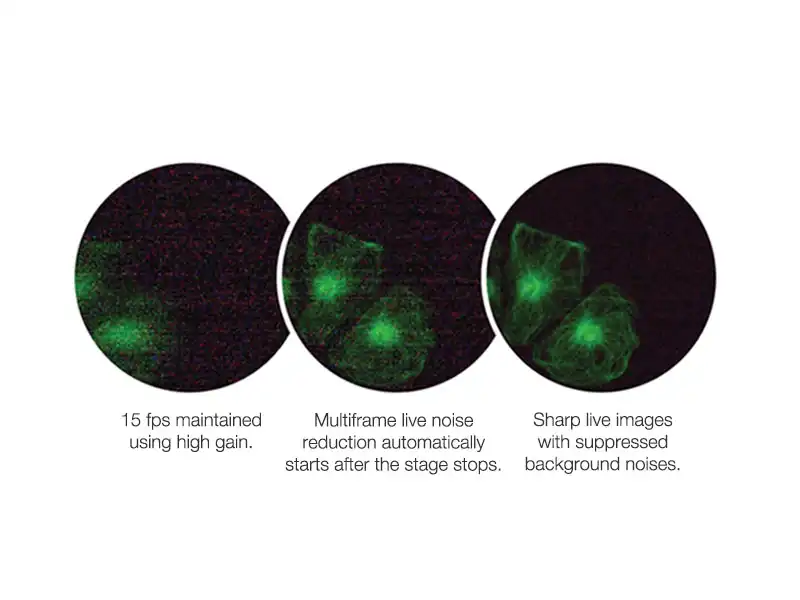
High Contrast under Bright Conditions
The unit is designed specifically for fluorescence observation. It efficiently blocks out room light, enhances the contrast of fluorescence, and enables clear fluorescence observation under bright conditions.
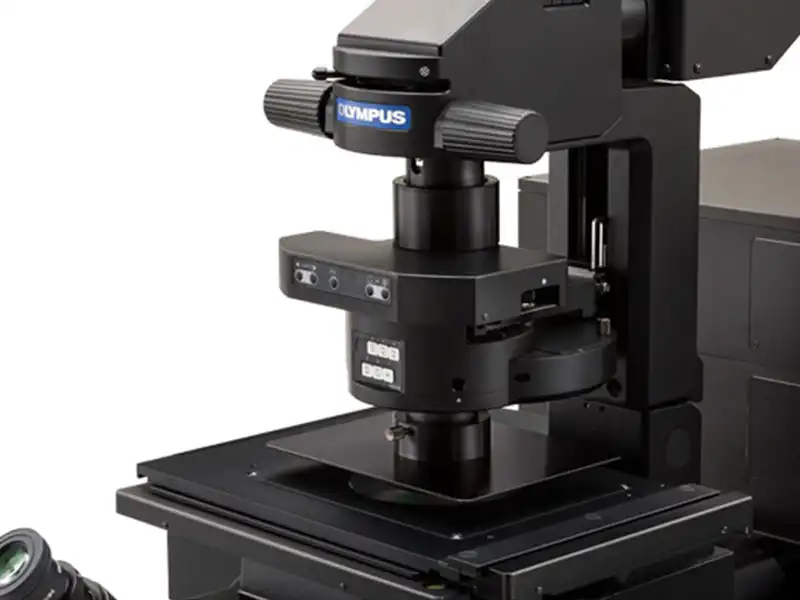
Intuitive operation with cellSens imaging software
Olympus cellSens software is easy to use, powerful, and flexible. Using a modular design, the software can be tailored to your budget and imaging applications. This enables the software to grow and adapt to meet evolving research needs.
Simplify Your Workflow
Objectives for Observation Using Plastic Vessels
LUCPLFLN series objectives, and in particular the UCPLFLN20XPH (NA 0.7), are well-suited for observation using plastic dishes. The objectives enable high-resolution observation of the cell proliferation process and deliver improved contrast across a wide area. This gives you the flexibility to image through plastic-bottom dishes in addition to glass.
*Image: iPS-cell expressing Nanog reporter (GFP) Image data courtesy of: Tomonobu Watanabe, Ph.D. Laboratory for Comprehensive Bioimaging, RIKEN Quantitative Biology Center

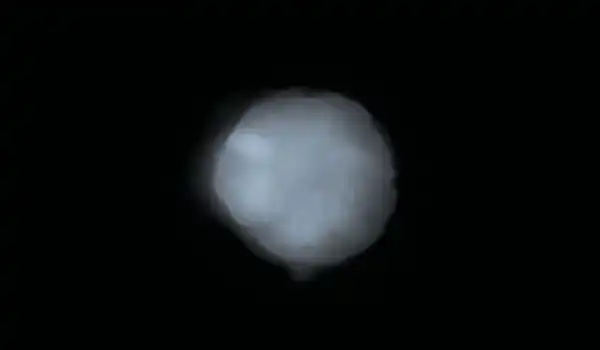
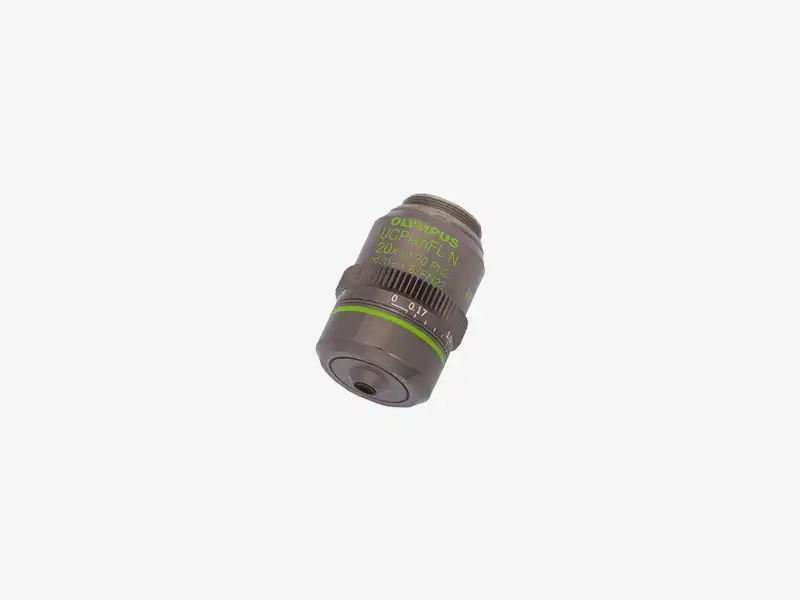
High-Quality Imaging
High Signal-to-Noise Fluorescence Mirror Units for Efficient Signal Detection
All fluorescence mirror units feature filters treated with a specially developed coating that absorbs more than 99% of stray light. This reduction in reflections and high transmittance of the mirror units helps provide fluorescence images with a high signal-to-noise ratio.
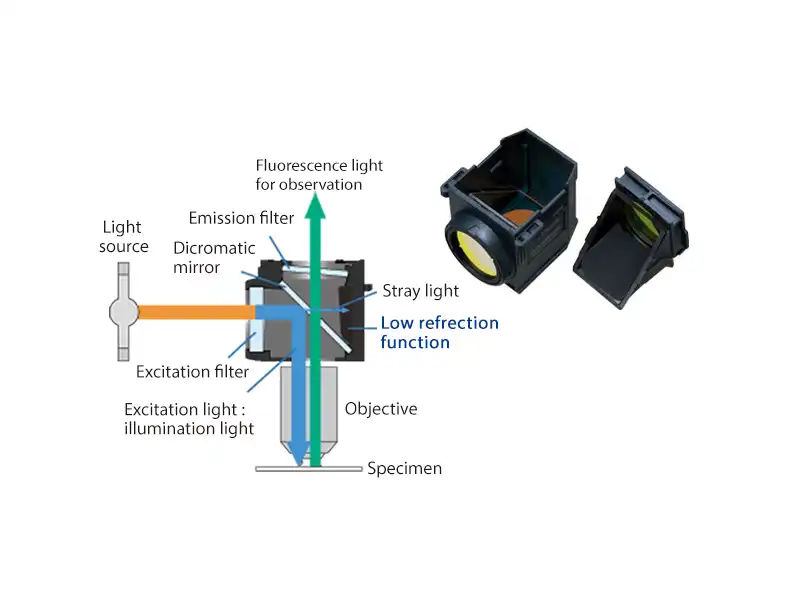
 IXplore Standard_Brochure_EN
IXplore Standard_Brochure_EN



 Microsystem
Microsystem Endoscopysystem
Endoscopysystem Energysystem
Energysystem EndoscopyConsumables
EndoscopyConsumables +86-21-54286005
+86-21-54286005 
 Room 602, Building 1, No. 111 Luxiang Road (Greenland Park Plaza), Baoshan District, Shanghai, China
Room 602, Building 1, No. 111 Luxiang Road (Greenland Park Plaza), Baoshan District, Shanghai, China  English
English
 中文
中文



















 中文
中文 English
English